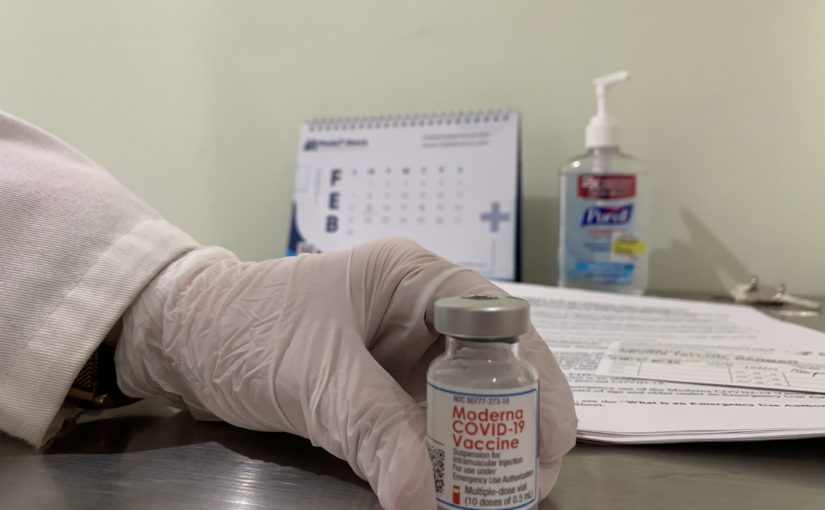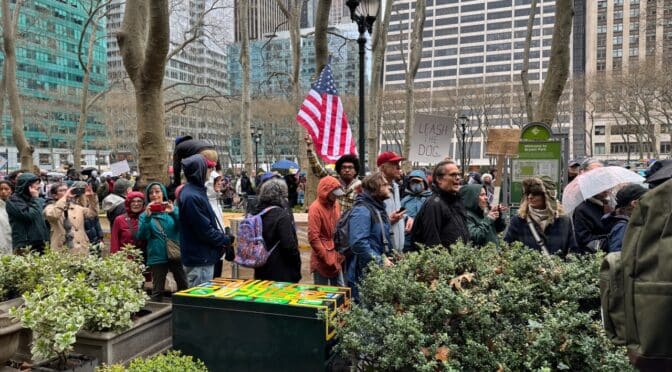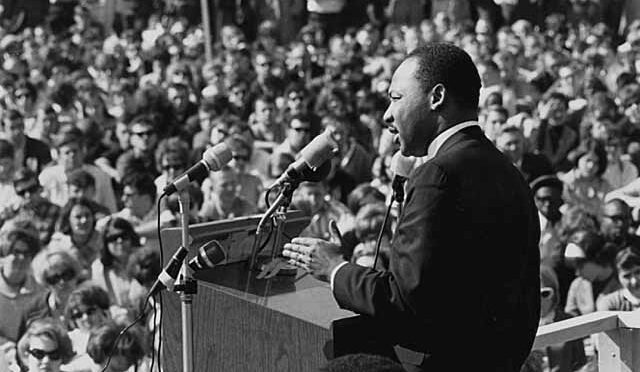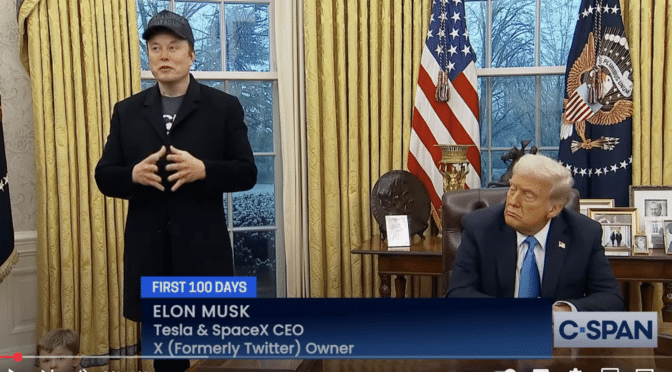On January 14, I drove from Manhattan to East New York to Rossi Pharmacy to get the first dose of the COVID-19 vaccine. I imagined that I’d find a big independent pharmacy and made a mental list of the over-the-counter things I needed.
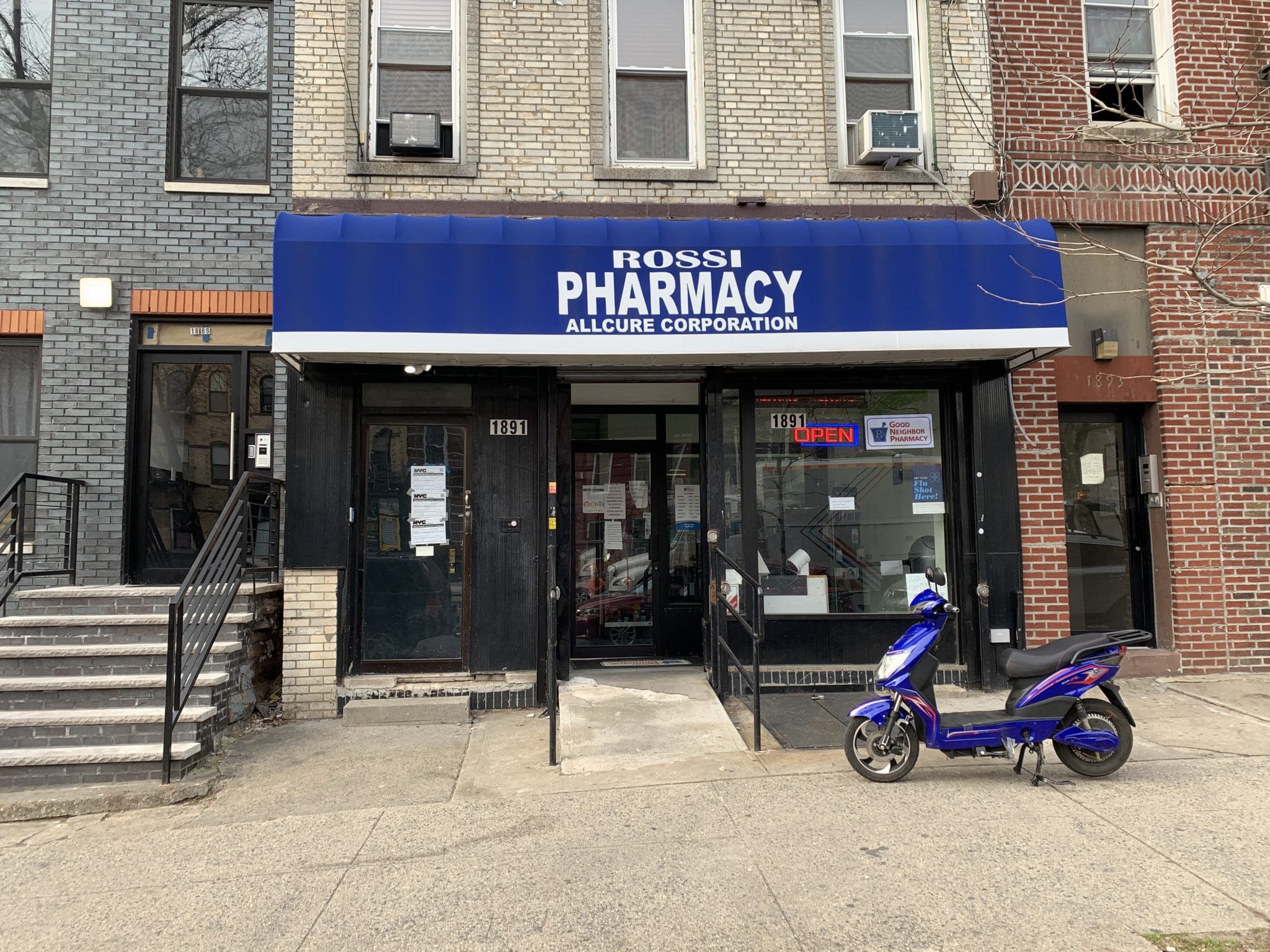
But I found a small store on Eastern Parkway where plexiglass separated the pharmacy staff, its medical supplies and the few over-the-counter products from the public waiting area.
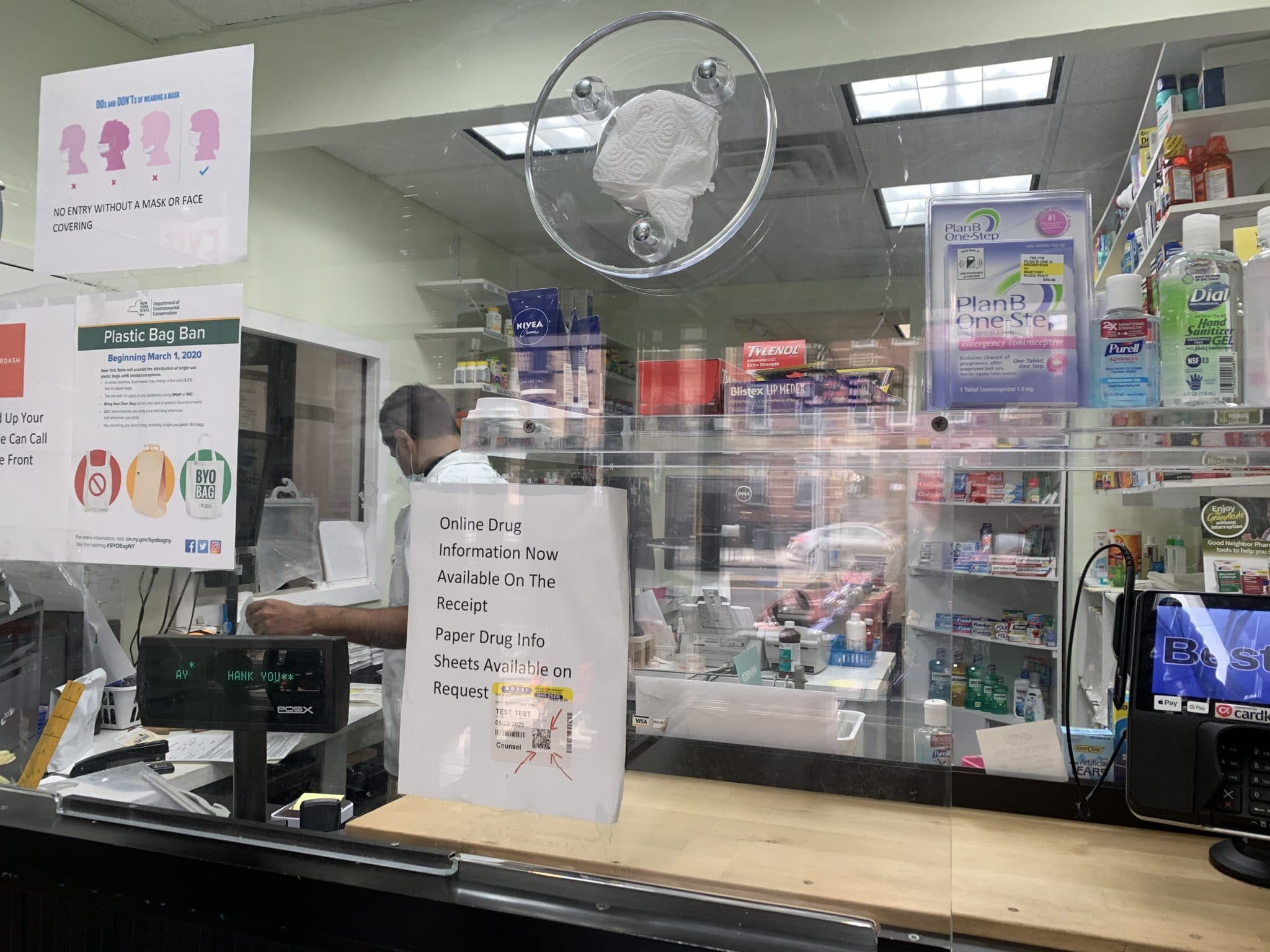
Governor Cuomo promised to make sure the vaccine is distributed equitably to neighborhoods of color and East New York qualifies. Yet the two people who got the vaccine before me were white and they came from the suburbs.
A woman from Long Beach, Long Island, walked out as I headed in. “I found it on the internet,” she told me. The next person, Paul Epstein, traveled from Oceanside, Long Island. “My wife went on the internet and there wasn’t anything available in a 70-mile radius. So my son looked at 100 miles and found this,” he said. Google Maps says it’s only about 16 miles on the Belt Parkway from Oceanside to East New York.
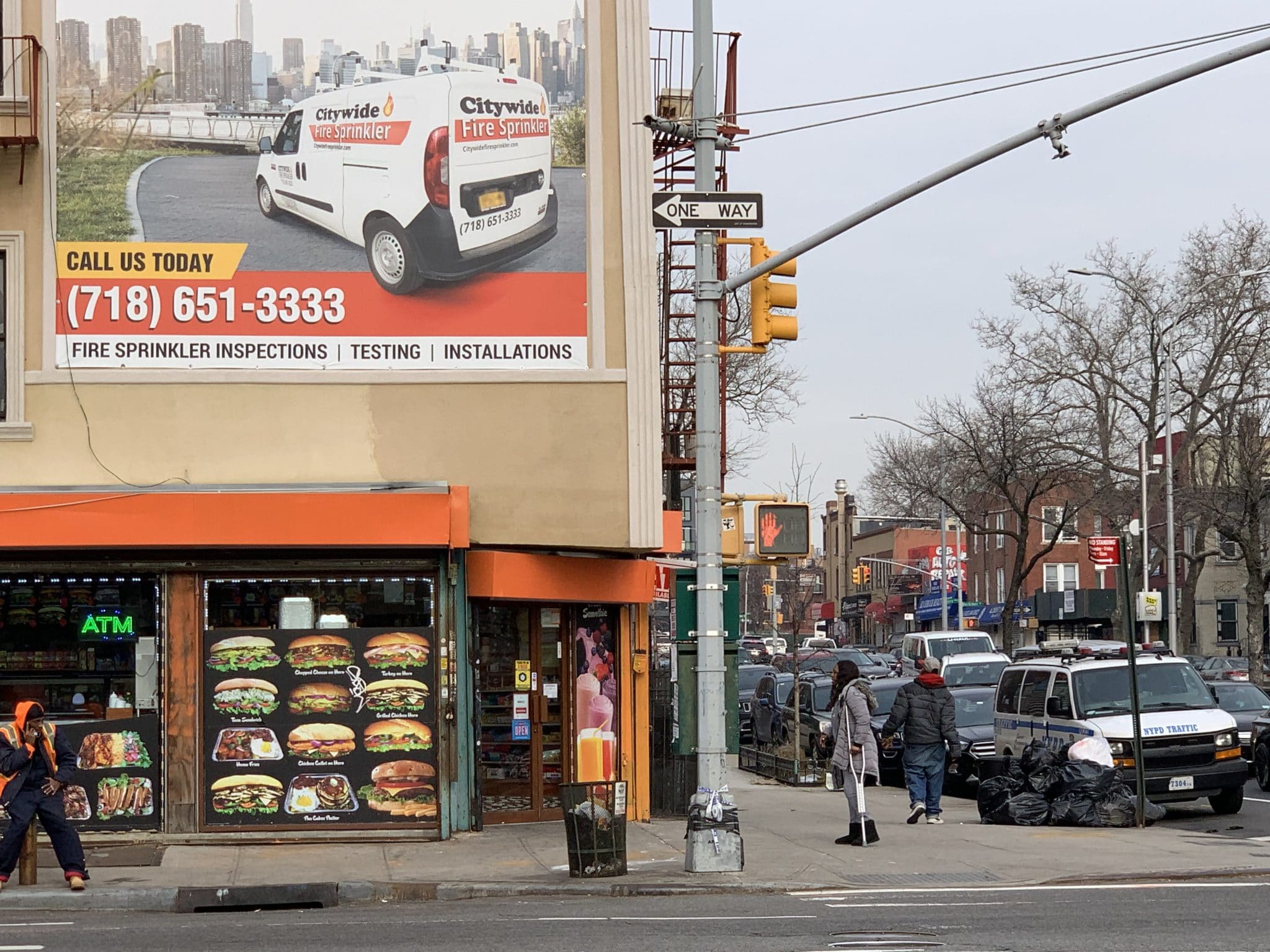
That’s geographically. But culturally, the neighborhood with its squat brick buildings is a million miles from the suburbs.
Seconds after I arrived, the young supervising pharmacist, Ambar Keluskar, slid the paperwork to me through a slot. It repeated some of the screening questions that I had filled out online the day before.
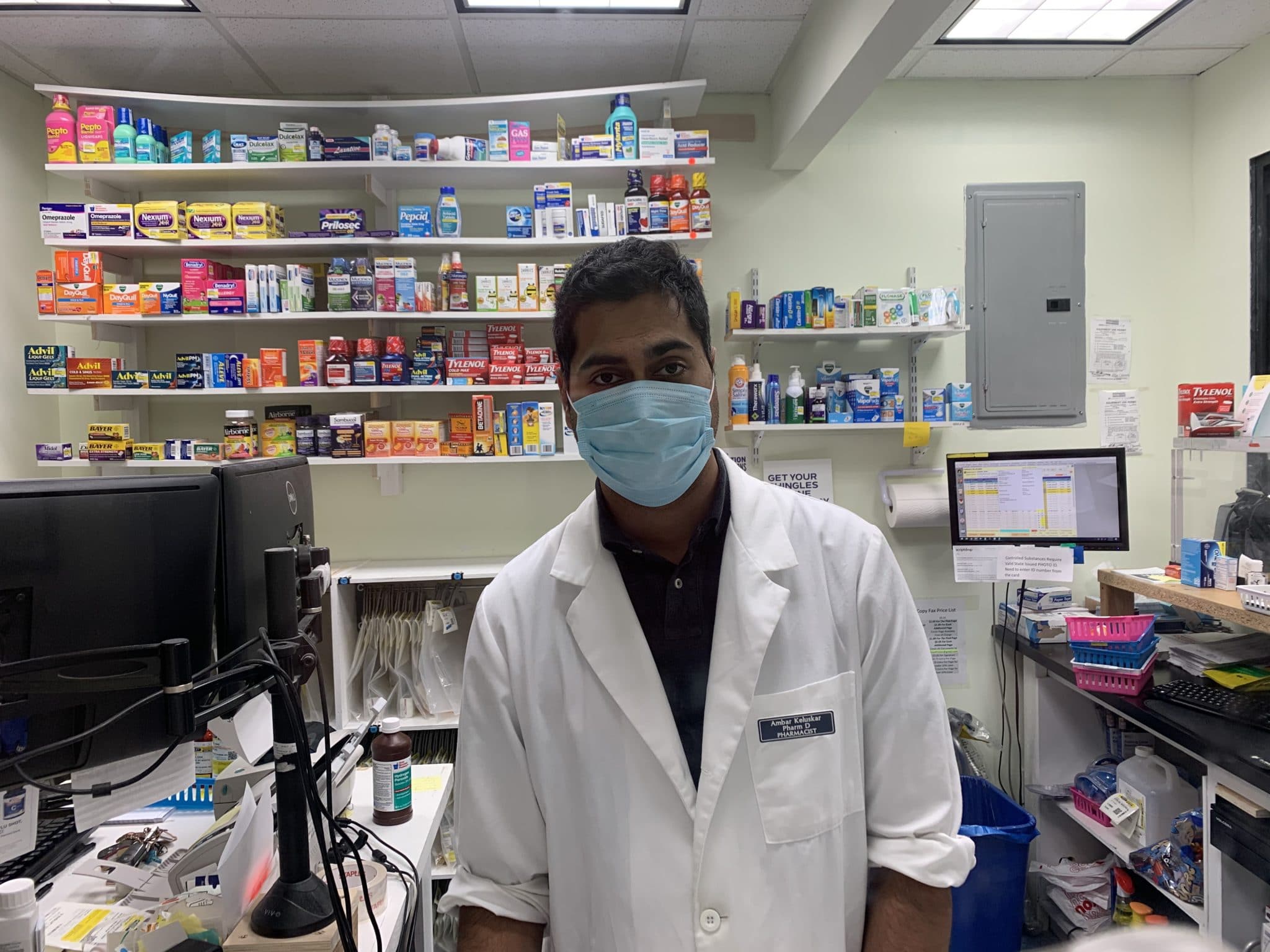
When I told him that I was writing about the experience, he explained that he was trying to get more local people in: “I feel really bad about it. People who know how to use the internet got the appointments. I’m trying to call some of our regular customers to make appointments. But we are playing catch-up.”
Rossi Pharmacy and others on the state list to administer the vaccine didn’t find out in advance that the state had opened the vaccine category to people over 65. Governor Cuomo hurriedly announced it on the morning of January 12 because the CDC told states to do it.
People, including me, immediately began to scramble to find appointments At first when I went down the list and contacted the pharmacy, I was told the state hadn’t notified them that 65-plus were eligible. But they took my contact information, and a few hours later, pharmacist Keluskar called to say the state updated the information and he felt free to give me an appointment.
“We didn’t have any operational guidance,” he said. “It feels so weird that they had months to plan for it and it feels like it is some disaster.”
Getting the vaccine was efficient and relatively painless. I sat in a spotless area with white curtains separating three chairs.
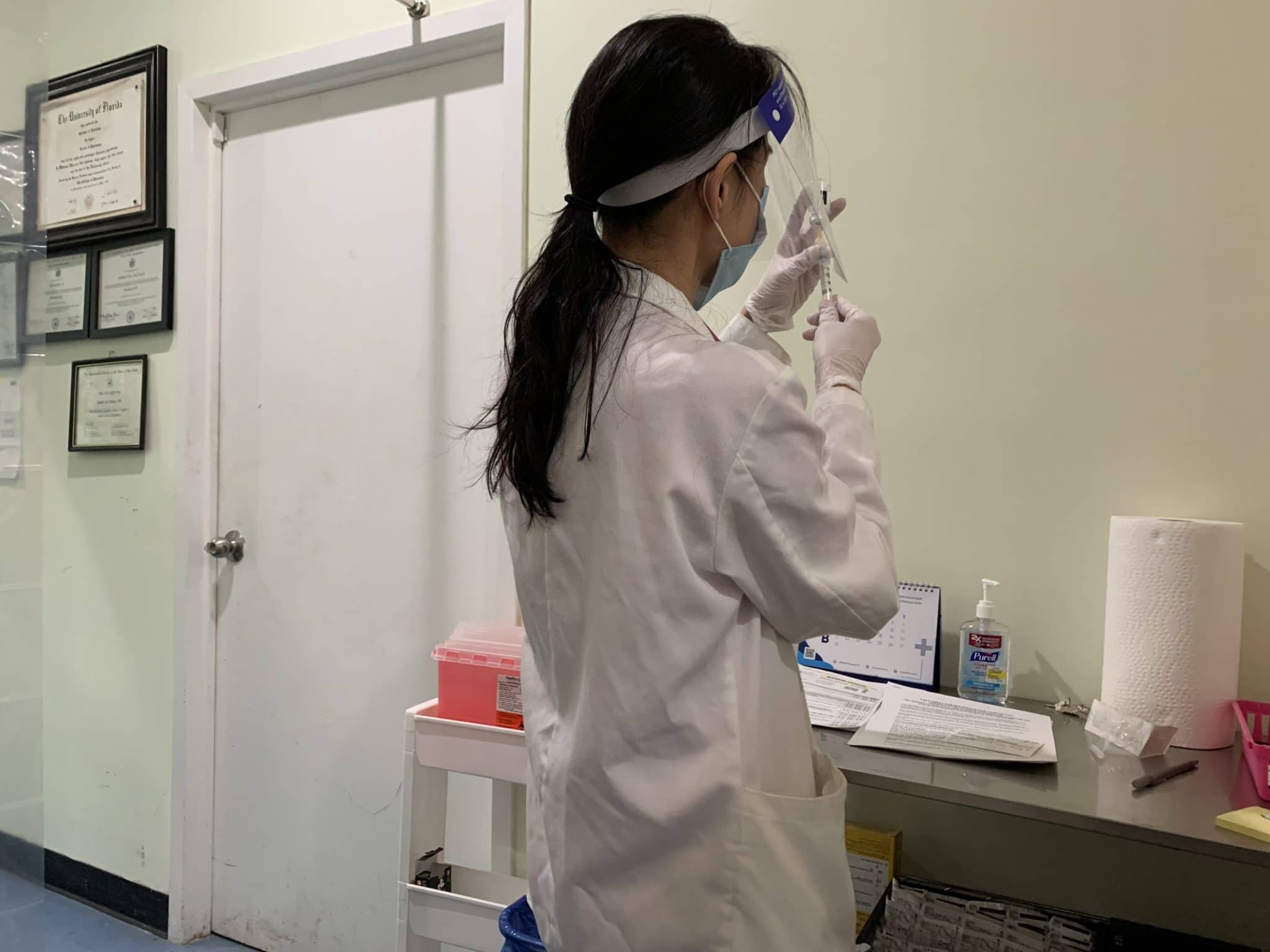
Another pharmacist, Mia Yu, injected me and stuck a bandage on my arm. She asked me to wait in the chair or in my car for 15 minutes to make sure that I didn’t have a reaction. And that was that.
My husband Nick Taylor got his vaccine the day before and it was also efficient. But it is not so easy for millions of other people to get the vaccine. Friends told us stories of calling and scrolling and calling again and again until they found open spots. One couple made appointments online at the New York City Department of Health and Mental Hygiene’s hub on St. Anne’s Avenue in the South Bronx. Another friend got an appointment at a facility in Harlem and her husband registered for the city hub at Adlai Stevenson High School in the Northeast Bronx.
One friend said he couldn’t find an appointment within a 250-mile radius. Another complained that pharmacists told her that they were only on the state list because they gave the flu vaccine. Although she lives in Manhattan, she finally landed an appointment in the Bronx.
And Governor Cuomo keeps warning that the supply of vaccine is smaller than the number of people — 7.1 million — who now qualify to get a shot. The state only received 300,000 doses a week since the distribution began. Next week it will drop to 250,000.
The governor said, “Overall, 74 percent of vaccine delivery is in arms.” A CDC chart shows the distribution of the vaccine in New York state and the doses left to be administered.

But Cuomo has repeatedly warned there is not enough for everyone who needs it. He criticized the federal government for opening up the eligibility to people over 65. “If you increase the eligibility and you don’t increase the supply, you have a very complicated situation,” he said.
Some may look to hospitals to get the vaccine. That’s a mistake. The governor wants hospitals to focus on healthcare workers. He asked unions and police and fire departments to vaccinate their frontline workers.
Urgent care centers, independent medical groups, pharmacies and the city hubs will provide vaccine when they have it to people over 65 and the rest of those eligible.
There is apparently enough vaccine for the second dose. Cuomo said, “When we do the distribution, we make sure that there is the second dose. If the facility gives you the first dose they have to schedule you for the second dosage. Don’t worry about it.”
But the numbers are slightly confusing because it looks like New York City still has a lot of vaccine waiting unused. This chart comes from the New York City Health Department.
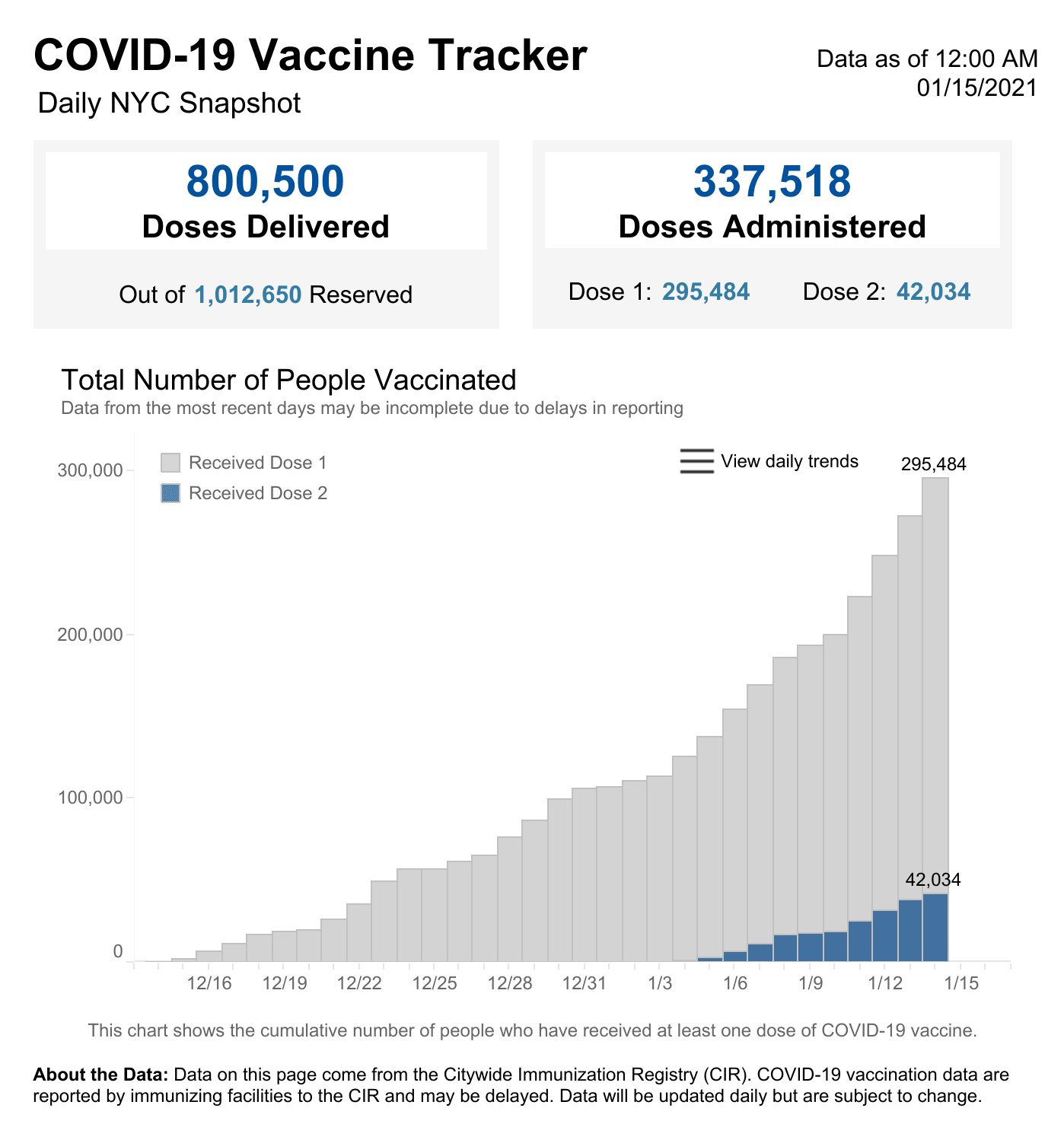
This may be because the city-owned hospitals have not used all of their vaccine. The chief of New York City’s Health and Hospitals Corporation, Mitchell Katz, said that 30 percent of hospital workers don’t want the vaccine because they distrust it, or because they have had COVID. But the city says every healthcare worker who wants it, got it. So where does that vaccine go?
In the meantime, I’m grateful to have received the vaccine and in four weeks, I’ll return to Brooklyn for my second dose. Pharmacist Keluskar told me he plans to call the state to see if they can help get more local people registered on his list, or if he can reserve spots for local people. My conscience about being an interloper eased slightly as I was leaving. An African-American family arrived, with three adults who had appointments to get their shots.
